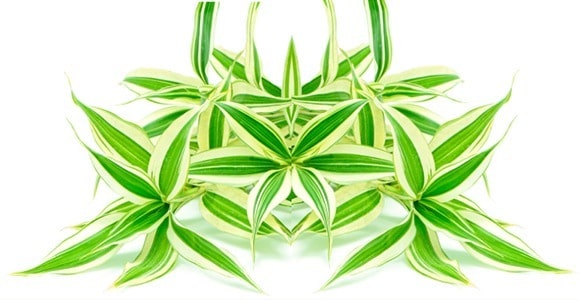How to Care for Dracaena Indoor & Outdoor Plant
Basic care tips for your Dracaena Plant
Dracaena is a popular houseplant that has many variations in leaf sizes, leaf colors, and different trunk types, with origins in Madagascar and other Indian Ocean islands.
There are over 40 cultivated varieties of dracaena
Dracaena plants are popular ornamental plants that grow both indoors and outdoors in subtropical climates. It reaches a height of about 3 feet indoors and looks bushy. Its shiny leaves can grow to a foot long and a few inches wide.
These are tropical plants, so I’m very happy to put them out here in the “summer”, but I need to bring them in before the weather gets significantly colder. If the nighttime temperature exceeds 50 ° F, it is safe to take it outside. Gradually move Dracaena from a shaded area to a sunny area over a week or two to avoid tanning the leaves, which can lead to irreversible discoloration.

There are over 40 cultivated varieties of dracaena
Dracaena plants are popular ornamental plants that grow both indoors and outdoors in subtropical climates. It reaches a height of about 3 feet indoors and looks bushy. Its shiny leaves can grow to a foot long and a few inches wide.
These are tropical plants, so I’m very happy to put them out here in the “summer”, but I need to bring them in before the weather gets significantly colder. If the nighttime temperature exceeds 50 ° F, it is safe to take it outside. Gradually move Dracaena from a shaded area to a sunny area over a week or two to avoid tanning the leaves, which can lead to irreversible discoloration.
Where to grow
Dracaena can survive in low or medium-light, but the leaves are best seen in bright indirect sun. If the humidity is too low, the leaves can get tanned if there is too much sun. If low humidity is an issue, sometimes it helps to cloud the leaves of the plant, or it can be placed in a shallow bowl of pebbles and water.
Care and Planting
Like most houseplants, the greatest danger is root rot due to a lack of watering and drainage. To prevent this, plant in a well-drained pot on commercially available potting soil and allow it to dry a little between watering. Autumn and winter water is less than during the spring and summer growing seasons. In spring and summer, fertilize monthly with commercially available liquid vegetable foods. Dracaena has been reported to be sensitive to excess salt and fluoride, especially the soilless lucky bamboo version. When the tip turns yellow or brown, rinse the bottom well and water with rainwater or distilled water.

How to propagate
Cuttings can easily take root in water, such as cutting off the tips of plants that are too tall or have long legs but can take months. When the roots have grown to a length of at least 1 inch, pot them as described above. Due to the bushy effect, several cuttings of different heights can be planted in the same pot. Some people also report that cuttings grow well simply by placing the cuttings on the soil, moistening the soil, and waiting for the roots to grow.
Things to avoid
If there is too little water or very low humidity, the tips and edges of the plant can dry out. Too much water can cause problems with Dracaena plants, including sudden loss of leaves and root rot. Leaf loss and root rot can also be caused by poor drainage.
How to repot and save from dying Crassula Ovata, watch the video:
All about plants and flowers in one place!
Please subscribe to my channel and press the bell icon to get new video updates. This way you support my channel and help me make more videos
Thank You
SUBSCRIBE HERE:
https://www.youtube.com/channel/UC4p-aYGRlqVnqblYoVHaeFw?sub_confirmation=1
Visit our Web Site: https://planthouseandgarden.com/
Follow us on Instagram: https://www.instagram.com/boplanthouse/
Follow us on Facebook: https://www.facebook.com/boplanthouse
Follow us on Twitter: https://twitter.com/boplanthouse

